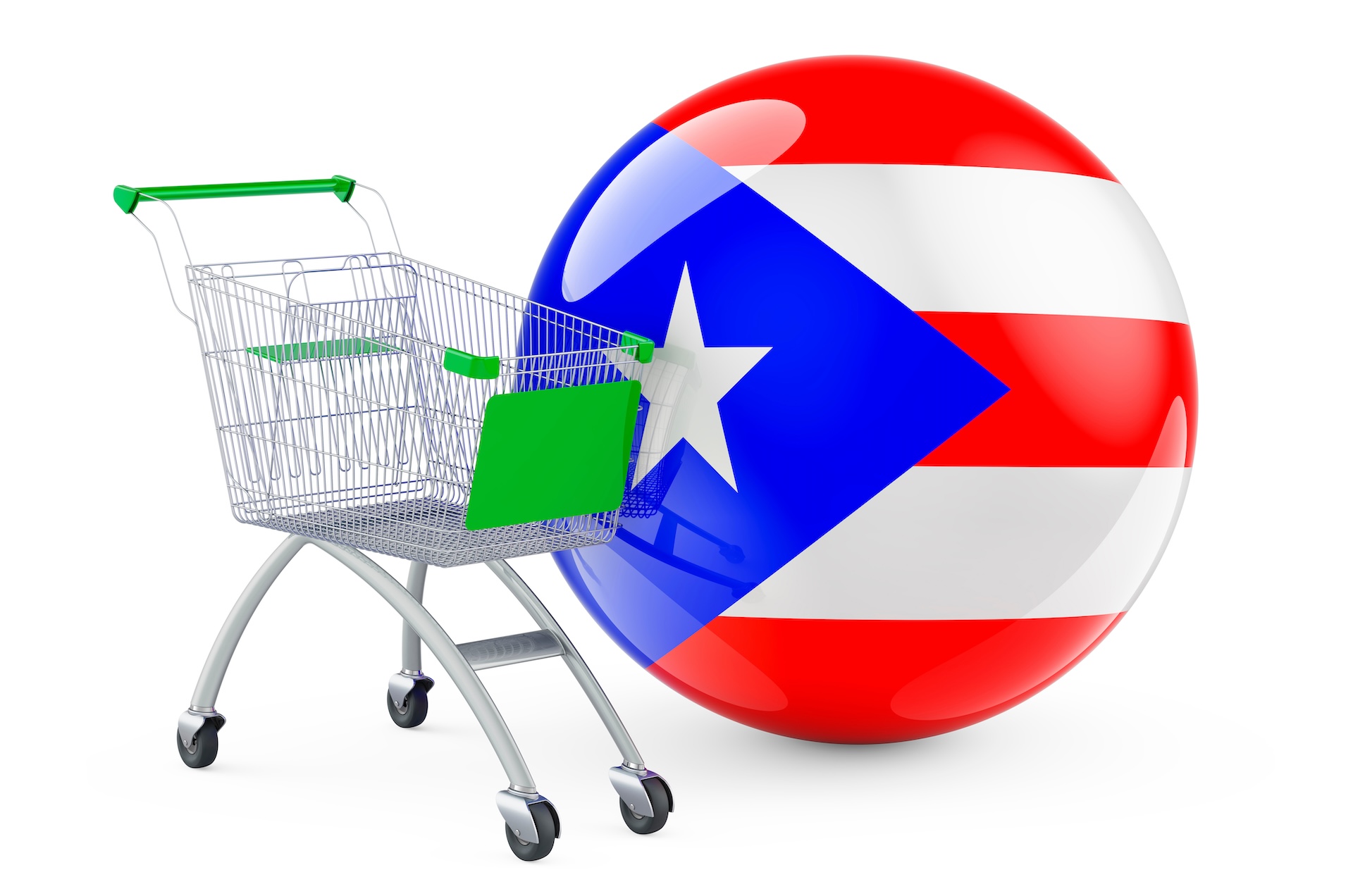The United States has compacts of free association with three independent nations: the Republic of Palau, the Republic of the Marshall Islands, and the Federated States of Micronesia. The citizens of all three nations have the right to live, work, and study in the United States as non-immigrant resident aliens. At present, there are about as many citizens from the Freely Associated States (FAS) living in the United States as there are in their home countries.
How many COFA citizens live in the states and territories?
The GAO reports that there are more than 94,000 COFA citizens living in the United States, including Guam and the Northern Mariana Islands. Hawaii has historically also had large numbers of COFA migrants, but the largest community of FAS citizens in the United States is the Marshallese community in Springdale, Arkansas, which has more than 12,000 Marshallese residents.
What are the consequences?
Palau has lost over 10,000 people to the U.S. since 1994. According to the 2020 census, Palau had only 17,614 residents. The population has continue to shrink since then.
The Marshall Islands has lost 26% of its population, mostly to the United States. There are now fewer than 40,000 people living in the Marshall Islands.
The Federated States of Micronesia has been losing population to the states since 1986. “A wave of emigration from the Federated States of Micronesia (FSM) was set in motion in 1986, when the Pacific Island state signed a Compact of Free Association with the United States…Finally, after the four states of the FSM declared independence, the U.S. administration dramatically reduced the level of funds it channeled into the FSM economy,” says MigrationPolicy.org. “Given the limited development potential of the FSM, emigration at relatively high levels will likely continue into the foreseeable future. Continued loss of many of its most productive citizens to overseas destinations may prove to be the greatest development challenge for the FSM.”
The result of these levels of outmigration is an aging population with a shrinking tax base, in each of the freely associate states.
As John Connell wrote at The Conversation, “Losing skills, farmers and the next generation overseas is not conducive to national development.”
What can Puerto Rico learn from this?
Supporters of free association for Puerto Rico tend to paint a rosy picture of life with a COFA, but it can be instructive to look at the reality of the current freely associated states.
A dwindling population is already a problem in Puerto Rico, with more Puerto Ricans now living in the states than on the Island. As people make this move, the population in Puerto Rico ages and labor shortages develop.
“A smaller population translates into a shrinking tax base, which in turn strains government finances. In addition, Puerto Rico is losing a disproportionate share of its younger citizens, a trend that has accelerated the aging of its population,” said a report from the Federated Bank of New York. “This demographic shift adds to the burden of supporting the island’s elderly population, who tend to be poorer and more intensive users of the health care system, and puts stress on already fragile pension systems. Together, these pressures can create a cycle of economic decay and further population losses that can be difficult to break.” This characterization echoes the descriptions of the problems in the freely associated states.
With the same population problems showing up in both the territories and the FAS, it is unlikely that changing from a territory to a FAS would solve the problem for Puerto Rico.
Even though Free Association won’t grant U.S. citizenship, it can include free transit. If so, brain drain and loss of population will remain an issue.
If Puerto Ricans continue to leave the Island, traditions may be lost and families separated.
As a state, Puerto Rico would receive the same federal benefits for its residents as the states. It could compete and cooperate with the other states on a level playing field. Outmigration would probably slow and immigration increase, judging from the experiences of other territories which became states.


